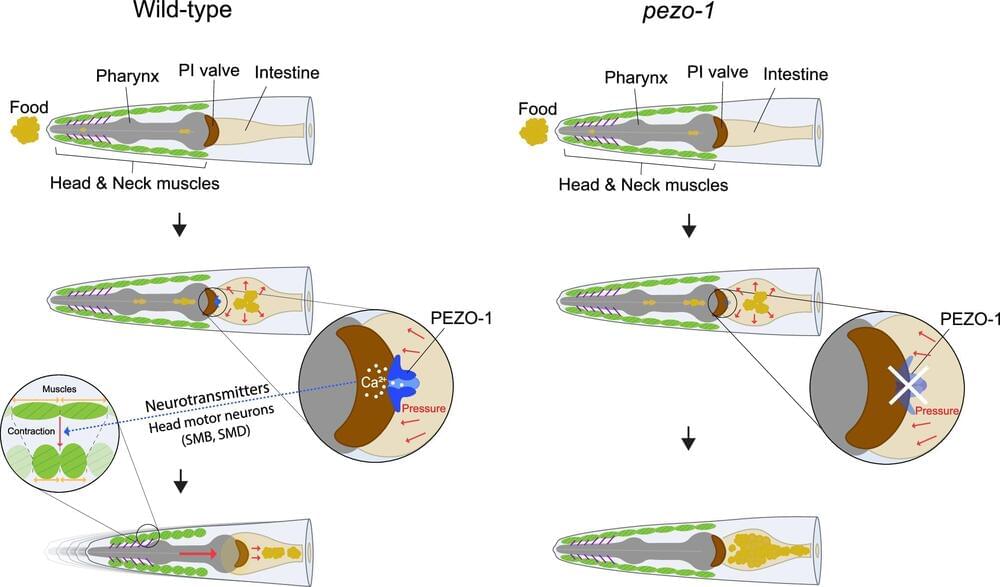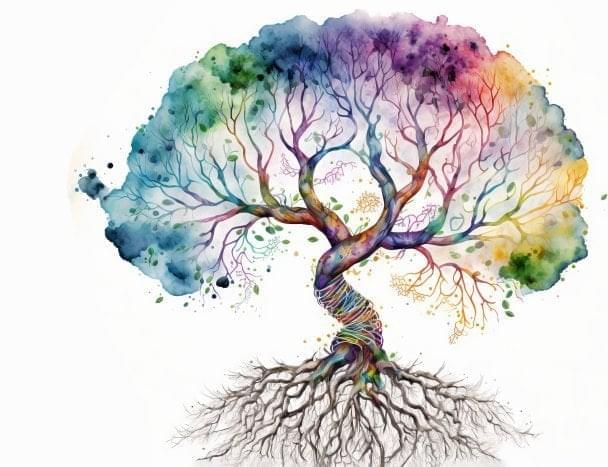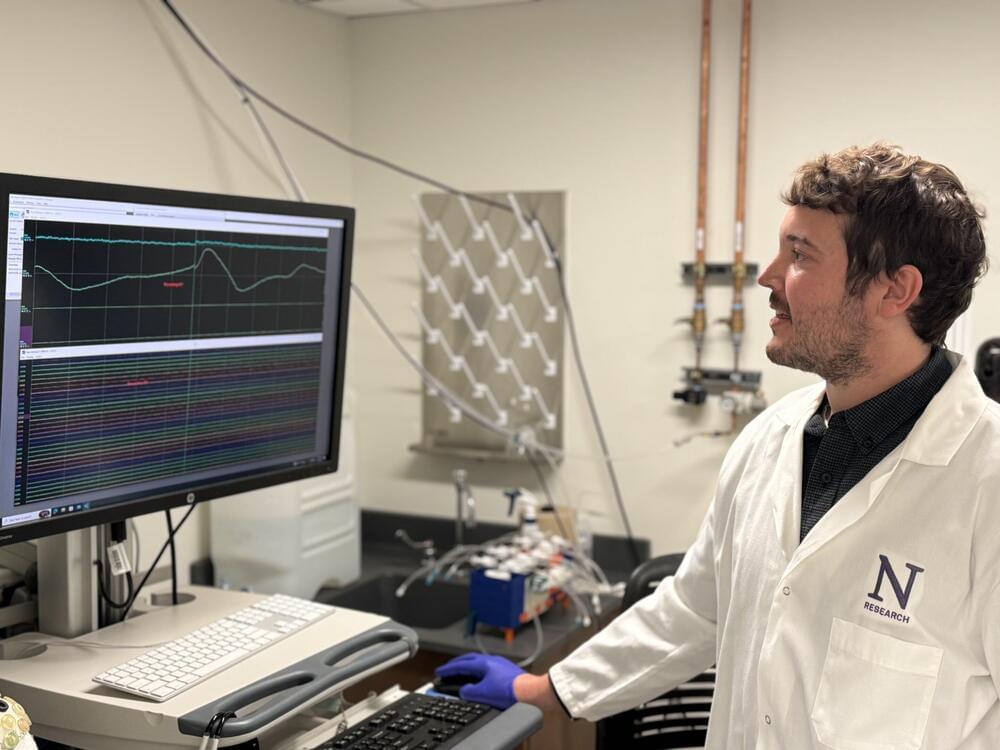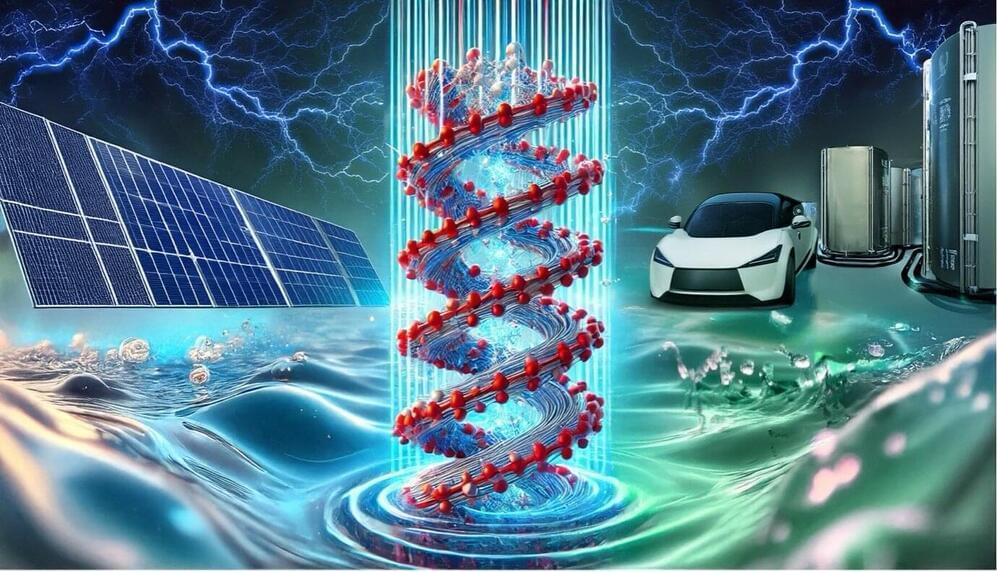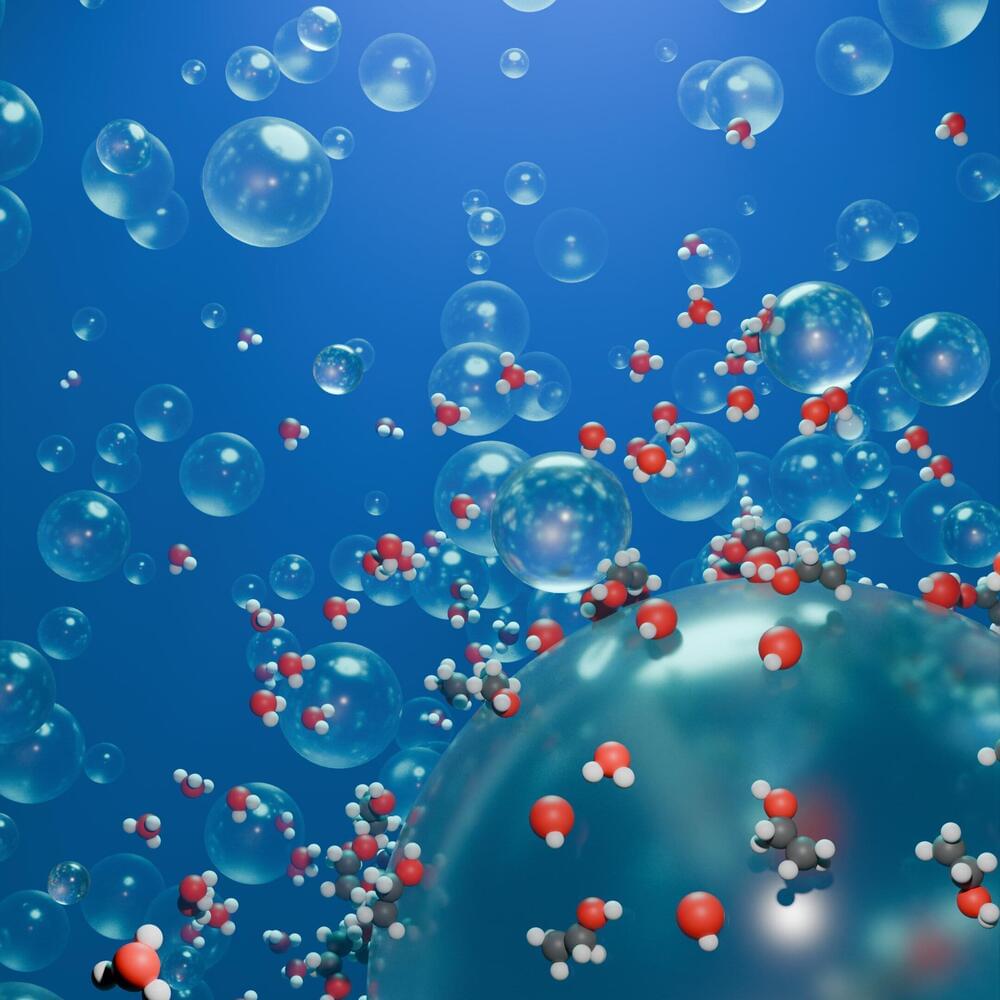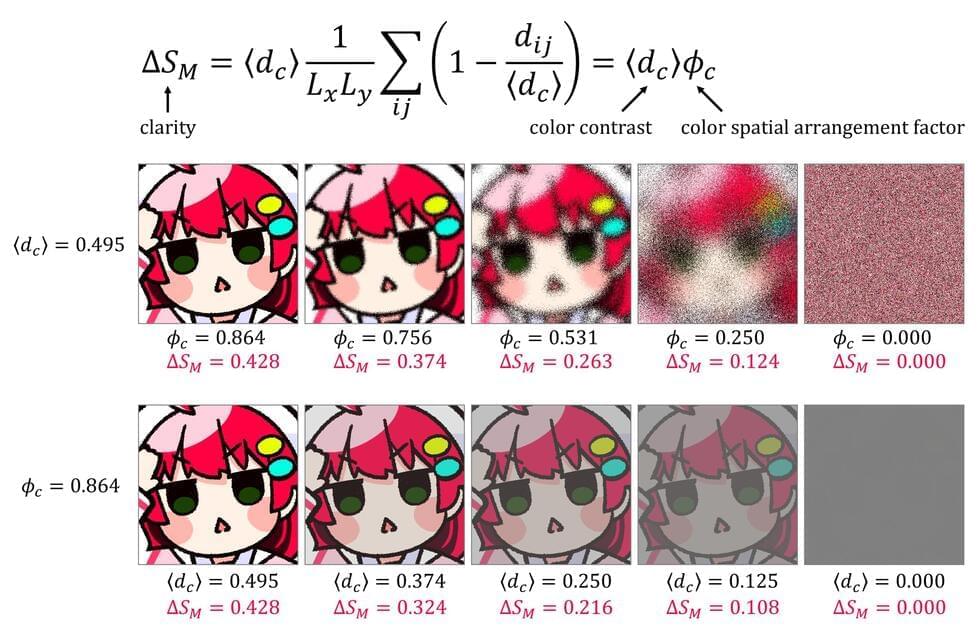A research team led by Professor Kim Kyuhyung at the Department of Brain Sciences, DGIST, has discovered a new principle that regulates how food moves through the digestive tract and is swallowed. They found that the Piezo channel proteins sense the pressure generated when food accumulates at the front of the digestive tract, triggering swallowing behavior.
This discovery is expected to provide important clues in developing treatments for digestive and eating disorders. The work is published in the journal Nature Communications.
When we eat, the digestive tract generates various signals that can be linked to important physiological processes. However, our understanding of how the movement and accumulation of food in the digestive tract are sensed and processed to regulate important food intake behaviors like swallowing remains limited.
